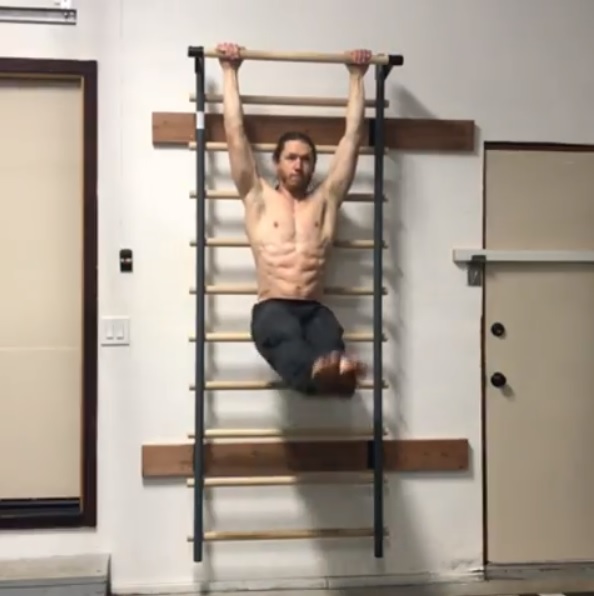There’s a design precept by the phrase of “Form Follows Function.”
This was used in architectural design, meaning that the form of, say a building, what it looks like will in large part depend on its function or purpose.
What’s true in architecture is also true of your body.
Let me ask a question. What is 99% of fitness focused on? Stripping it down to its core it is about looking good, especially naked.
But notice that the saying is not “Function Follows Form.”
And this is why you can have people that look amazing and are out of shape, weak and unathletic.
There are the bloated bodybuilders that may have muscles on muscles but are not strong at all and get winded going up a flight of stairs. (Not all of them but certainly some.)
There are the young people simply blessed with good genetics that have amazing bodies without ever setting foot in the gym. Lucky them! But still, they’re not strong or athletic more so than average if they don’t train for it.
And then you have countless people that are focused on their looks…but never get anywhere. Why is this? I’ll let you know it a bit, but first a bit of my story.
Back in high school, I was trying to look better than my scrawny self. I shot up to my current 6’2” by senior year, yet only weighed around 150 lbs. So I went to a commercial gym and did a bodybuilding routine, as that was all I knew that was out there. My results…zip and zilch.
It wasn’t until I got into bodyweight training that I started to see real results. But here my focus shifted, somewhat unintentionally. I got interested in being able to perform more reps on basics like squats and pushups. I really wanted to do things I couldn’t before such as a pistol squat or handstand pushup.
A couple of years after high school when I was at a party and I saw an old friend, Peter, from school I hadn’t seen since then. His first comment was “Whoa, your neck filled out!”
I was a bit shocked at first as I did not know this. I had focused on the wrestler’s bridge and its many variations improving what I could do. Actually transforming my pencil neck was not something I was aiming for, but something that happened along the way.
Do you see how form follows function?
And that’s just one example.
Something else that I have never, ever focused on is six pack abs.
Granted, I’m naturally lean, so I know this does come easier to me than most others.
What have I been focusing on? Lately tons of hanging leg raises. Full versions. Slow reps. One arm reps. Even with added ankle weights.
The results. You be the judge from the photo below.

This comes from a recent video I posted to Instagram and Facebook. If you’d like you can follow me to see it and more like it.
And regarding leanness, I find that easy to keep because I eat a natural, healthy diet. Why do I do this? To look good naked? No, to perform at my best. Even in diet, form follows function.
In my opinion, most people have it backward and that is why they get poor results.
If you focus on what you can DO, then the looks will take care of themselves.
(I’m not saying there isn’t a time and place to focus on looks. If you’re competing for that then, of course, you’ll want to focus your attention there. But for the average person the above is true.)
The reason for this is that progression is built much more into what you can do then what you look like. Yes, you can measure body parts or tip the scales, but that is a step removed from the working out itself.
And progression is the name of the game. Progression is far more about function than about form in my opinion.
So let me ask you, what is your focus?
This is behind such material as you’ll find in Deceptive Strength. It’s not about building big muscles but instead getting stronger without adding size.
In fact, every course I’ve put together to this date focuses on function above form.
As a side note, I came across this in looking at the history of this saying. An article at the Guggenheim website states: (source)
“As a young architect Frank Lloyd Wright worked for Louis Sullivan (1856–1924) in his Chicago-based architecture firm. Sullivan is known for steel-frame constructions, considered some of the earliest skyscrapers. Sullivan’s famous axiom, ‘form follows function,’ became the touchstone for many architects. This means that the purpose of a building should be the starting point for its design. Wright extended the teachings of his mentor by changing the phrase to ‘form and function are one.’”
Form and function are one. That’s some interesting food for thought, but I’ll cover that another time.
P.S. Credit goes to John Wood for first introducing me to the Function Follows Form concept.
